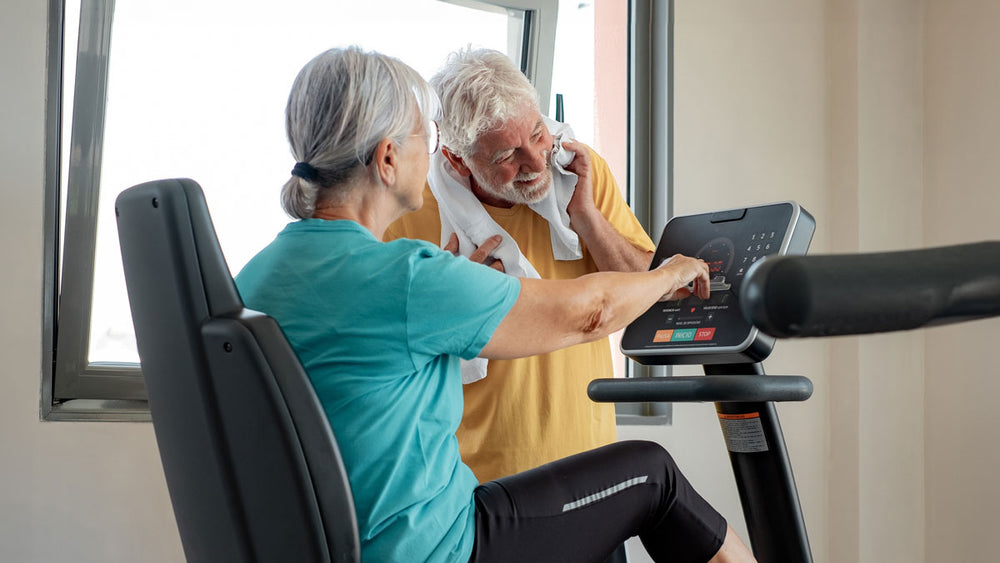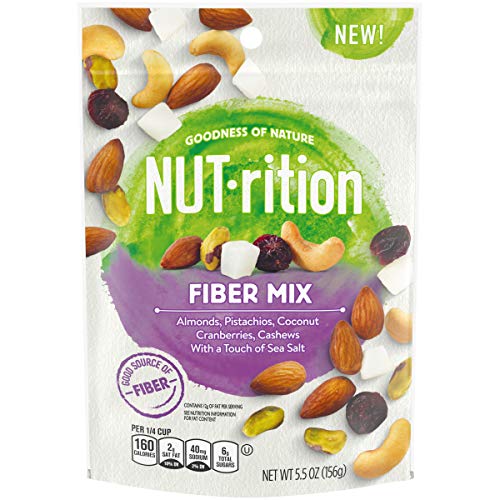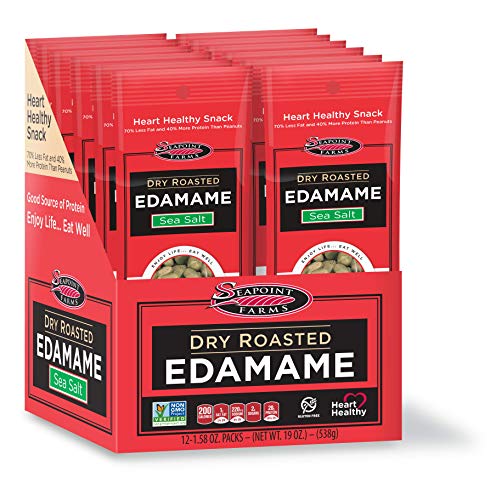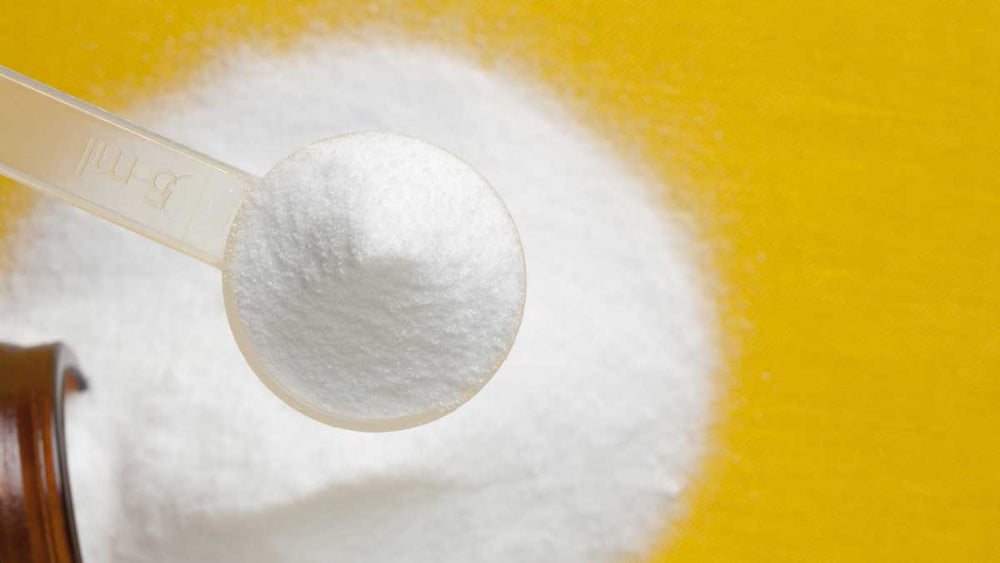Exercise Recommendations for Older Adults: Managing GERD Symptoms Safely
Gastroesophageal reflux disease (GERD) is the most prevalent gastrointestinal disorder in the US and the world, afflicting over 780 million people globally. Common symptoms of GERD include heartburn and regurgitation. In addition, GERD can potentially cause severe complications through damage to the esophagus. Old age has been linked to a slightly higher risk of GERD symptoms and an even greater risk of GERD complications. Older patients may be less likely to experience GERD symptoms due to reduced stomach acidity or nervous sensitivity. They may be unaware of the presence of GERD until complications such as Barrett's esophagus are detected.
The Role of Exercise in GERD Prevention
Obtaining regular exercise may reduce one’s chances of developing GERD. For example, one epidemiological study found that regular exercise of at least three 30-minute daily sessions per week was associated with a 30% reduction in the odds ratio for developing GERD.
Why does exercise help? Firstly, regular exercise can increase the activity of the parasympathetic nervous system, which is the branch of the nervous system that regulates housekeeping and digestive functions. Exercise is associated with reduced feelings of anxiety and depression. A poor mental state is associated with a higher odd-ratio for developing GERD, so it stands to reason that exercise-induced improvements in mood would protect against it.
Exercise Recommendations for Older Adults
Any mode of exercise can potentially reduce GERD symptoms. The key is to accumulate at least 30 minutes daily, most days of the week. As we age, orthopedic issues (knees, ankles, hips, lower back, etc.) crop up more frequently and challenge our ability to exercise often.
Low-impact exercise modes offer options that can circumvent nearly any orthopedic limitations. For example, rowing machines, elliptical trainers, recumbent stationary bikes, and seated stepping machines are all commonly found in commercial gyms. Water exercise, such as lap swimming or water aerobics, is another good option for adequate physical activity with less joint stress. Find a way to move that you enjoy and can tolerate well.
For exercise duration and frequency, the goal is to achieve at least 30 minutes at least three days per week. Bear in mind this is an end goal: If you are just starting, there is no lower limit. You can do five minutes of exercise at a time and build up slowly, adding a minute or two per week.
Balancing Intensity and Risks
How hard should you work? On the plus side, the harder you can push yourself, the more significant your fitness improvements are. However, there are substantial drawbacks to higher-intensity work. Firstly, higher-intensity efforts are associated with more risks of injury, both orthopedic and cardiovascular. Secondly, exercise at an intensity of 90% VO2max or higher is associated with a higher incidence of reflux and greater acid exposure.
An excellent way to ensure you are working hard but below that threshold would be to set an upper limit of 7/10 on a scale of perceived effort. That should get you working hard enough to see fitness benefits while avoiding undue risk of reflux events.
Integrating Exercise into GERD Management
In conclusion, managing GERD involves more than just dietary adjustments; incorporating regular exercise into one's routine can play a crucial role in reducing the risk of developing symptoms. Particularly for older adults, low-impact exercise options provide a feasible means of achieving the recommended 30 minutes of daily activity. While the intensity of exercise is important for fitness gains, it's essential to strike a balance to avoid exacerbating GERD symptoms. By gradually increasing exercise duration and intensity while staying mindful of individual limitations, individuals can proactively mitigate the risk of GERD and improve overall well-being.
- Casanova-Lizón, A., Manresa-Rocamora, A., Flatt, A. A., Sarabia, J. M., & Moya-Ramón, M. (2022). Does Exercise Training Improve Cardiac-Parasympathetic Nervous System Activity in Sedentary People? A Systematic Review with Meta-Analysis. International journal of environmental research and public health, 19(21), 13899.
- Richter, J. E., & Rubenstein, J. H. (2018). Presentation and Epidemiology of Gastroesophageal Reflux Disease. Gastroenterology, 154(2), 267–276.
- Saeed, S. A., Cunningham, K., & Bloch, R. M. (2019). Depression and Anxiety Disorders: Benefits of Exercise, Yoga, and Meditation. American family physician, 99(10), 620–627.
- Soffer, E. E., Wilson, J., Duethman, G., Launspach, J., & Adrian, T. E. (1994). Effect of graded exercise on esophageal motility and gastroesophageal reflux in nontrained subjects. Digestive diseases and sciences, 39(1), 193–198.
- Zhang, D., Liu, S., Li, Z., & Wang, R. (2022). Global, regional and national burden of gastroesophageal reflux disease, 1990-2019: update from the GBD 2019 study. Annals of medicine, 54(1), 1372–1384.
- Zhang, M., Hou, Z. K., Huang, Z. B., Chen, X. L., & Liu, F. B. (2021). Dietary and Lifestyle Factors Related to Gastroesophageal Reflux Disease: A Systematic Review. Therapeutics and clinical risk management, 17, 305–323.





















Comments
Join The Conversation...